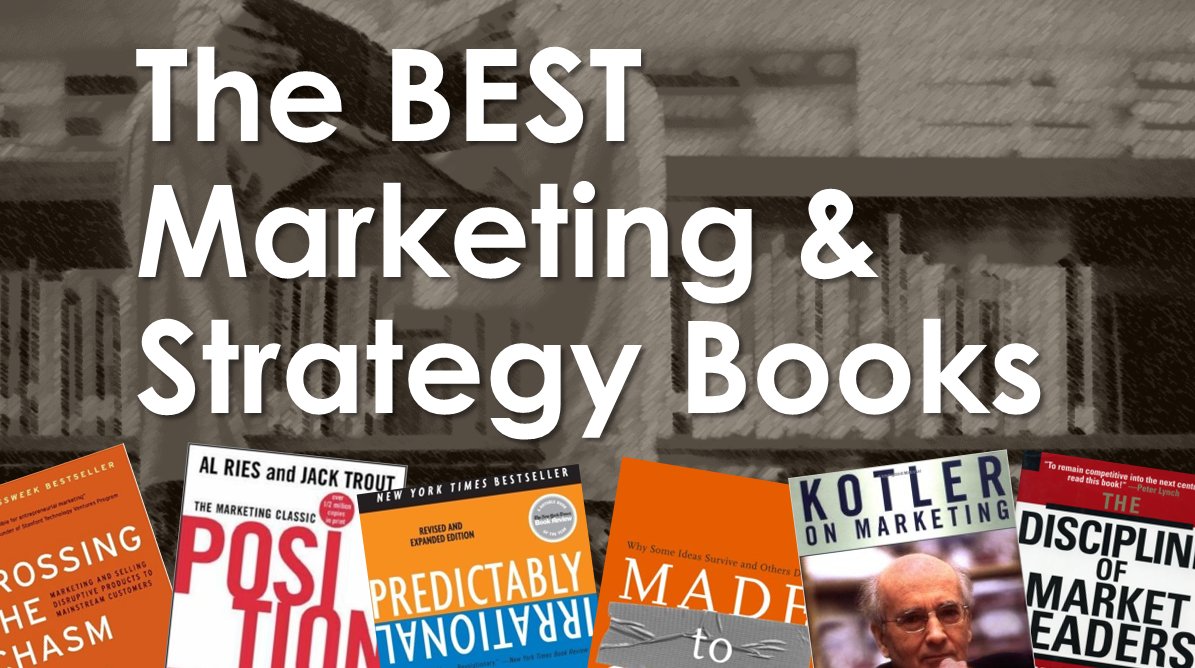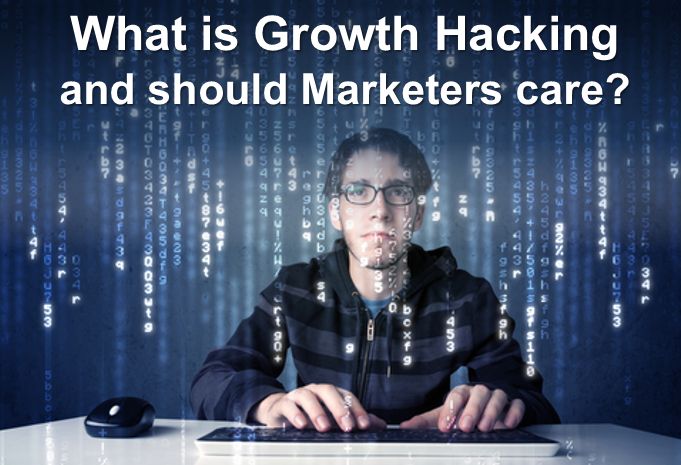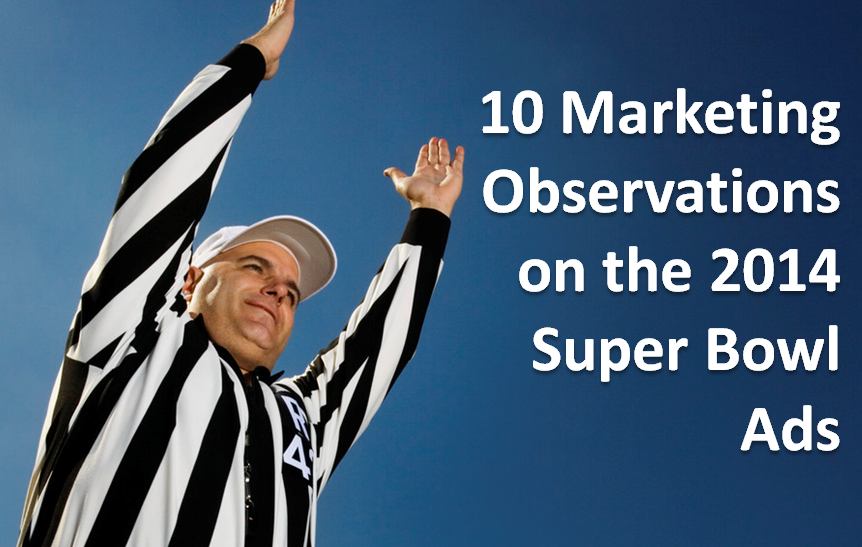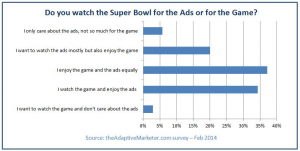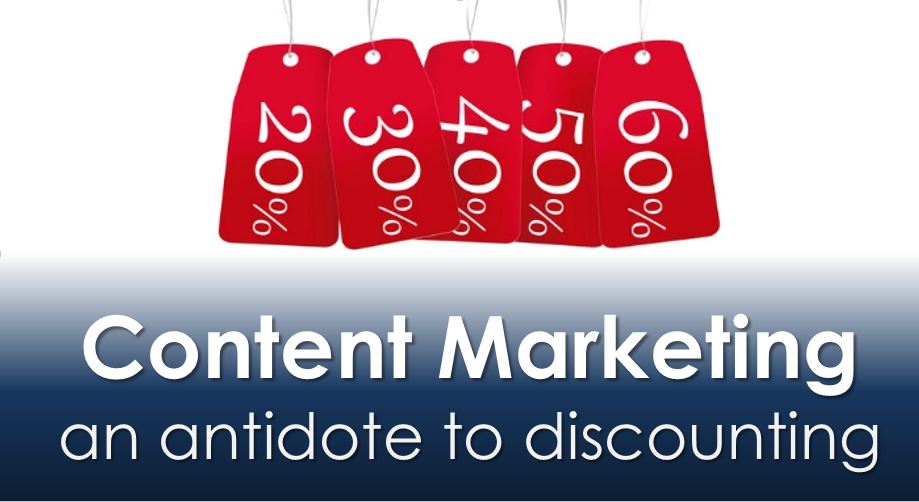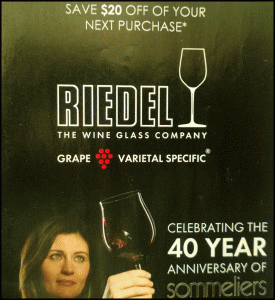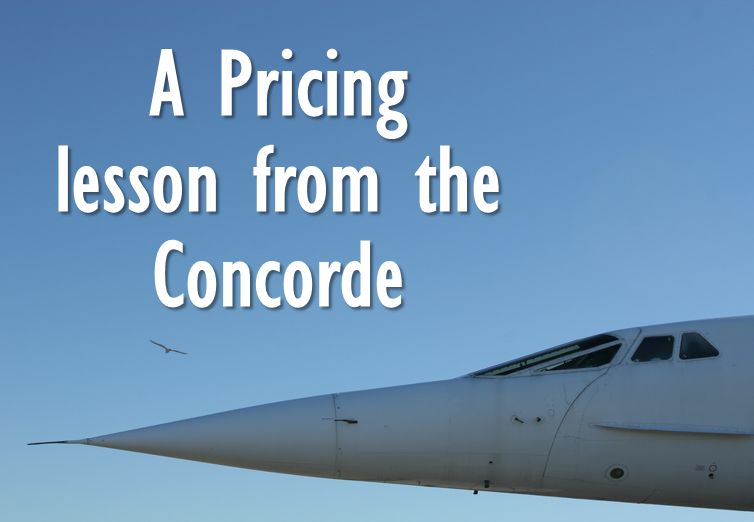This week Sucharita Mulpuru wrote a blog post about Facebook commerce that turned out to be quite controversial. Sucharita’s previous post on the topic was aptly named 500MM users.. so why can’t they show you the $$. A bold quote from the post “No one’s revenue will come from Facebook”, along with a recommendation to stop wasting time chasing F-shiny objects, and focus on fixing the basics (like search and ratings & reviews) which have proven results.
My thoughts are pretty aligned with Sucharita, in the sense that no one seems to be making money from Facebook other than Facebook, Zynga and a few agencies – in the gold rush the money was made selling picks and other mining tools. I see brands confused about how to even think about Facebook and chasing meaningless metrics such as number of fan “likes”. When marketing leaders share their goal for social marketing this year is to get to 100K or 1 million likes, I ask them what they will do with the customers that have liked the brand, usually resulting in blank stares and confusion.
So I want to share my humble opinion on the role of Facebook for marketers.
One of the principles I feel strongly about is that social media is only a set of tools to help you achieve business objectives. Then, let’s start with the basics and think about how can interactive marketers leverage Facebook to achieve business and marketing goals. “Social media goals” don’t count, unless they are leading indicators in the context of a broader strategy. Think about it: the main reason marketers care about Facebook for one simple reason: there are over half a billion potential customers using it every day. As I wrote in a previous post, you have to fish where the fish are – but you have to bring them home (your site) to cook them (make money). It was the same with video and other new tools available to marketers.
Sounds logical, yet, brands continue spending millions of dollars in media sending customers to Facebook. The traffic should flow the other way around. Getting customers to respond to an ad is difficult enough to send them to a site where you have little control with the hopes they will “like” your brand and maybe someday somehow and up on your site or buying your product.
A couple weeks back I saw an online ad for Sierra Mist Natural, curious to learn more about the new drink I clicked on the ad, which took me to Sierra Mist’s Facebook page. Not only was this not the experience I was expecting, I was unable to learn more about the product, learn what makes it natural (is it using Stevia for sweetening, natural flavors or something else?) and landed on a Facebook page where a couple customers had quite negative comments on the product.
To sort through all the confusion it could be useful to think about Facebook as four discrete opportunities:
1. Encouraging fans to advocate your brand on Facebook
This is the most basic, but also the most powerful Facebook tactic so far and it’s free. I have blogged about this extensively. People trust recommendations from their friends. Chances are their friends are on Facebook too.
If your brand has 50,000 fans (Sorry Facebook, “likes” does not work as well), and if you can get one of every five to tell their friends how much they like your brand, you would have 10,000 people advocating personally to an about 1.3 million potential customers about your brand. 1.3 million customers you probably can’t reach through your traditional marketing efforts. Your customers can advocate on Facebook without even having to “like” your brand. You don’t even need a brand page on Facebook – customers can advocate directly from your website.
2. Your brand’s presence on Facebook (brand page) and “Likes” associated with it
Most brand pages on Facebook are quite boring and expose visitors to customer service issues or provide irrelevant information to customers. It’s time to get creative and map a proper brand experience on Facebook. The possibilities are endless, but don’t create siloed microsites or just copy your website in the Facebook iFrame. Do something useful like providing reviews, Q&A, links to your site and resources that will engage customers in a social context. There are so many things a brand can do here that it would be impossible for me to provide best practices, so I won’t try. This is an area where a good agency can help.
3. Facebook commerce
To clarify, with F-Commerce I mean not only adding your product catalog to your Facebook page but actually enabling transactions within it: you can complete an order without ever leaving Facebook. I think it makes sense for a few select use cases: buying tractors on Farmville, buying a song using iTunes credits, etc. However, I am really skeptical this will be mainstream – ever. For a couple of reasons:
- Leaving Facebook to complete the transaction on the brand’s main site is easy. It takes seconds and can be completely transparent for the user.
- The user experience will probably be better on the main site. Brands have invested millions on content management systems, search capabilities, interactive features, social capabilities and other elements that give customers a better on-site experience than what is possible on Facebook.
- Many consumers probably consider most brand sites to be more secure and reliable than Facebook. With the news about Facebook security and privacy issues I guess people would rather share their credit card number with an established business than with a social network that has no good track of protecting personal information.
Alvendia (now 8thBridge) shared the total sales on Facebook across all the brands they serve peaked at $100K in December. That’s less than $3 million per month, a number that is largely insignificant for their client base. Brands should still make their product catalogs available on Facebook to encourage advocacy and sharing, with an easy link to the product page on the main site.
4. Advertising on Facebook
In the end, Facebook is not a social company – it’s a media company that makes money by selling advertising. Advertising on Facebook should be evaluated like you would consider advertising on any other media outlet: based on audience profiles, advertising formats, targetability and ultimately, click-through rate. I am not an expert, but it is common knowledge that CTRs for Facebook are pretty low compared to industry averages. Maybe because when customers are in “social mode” they are not so interested in ads. The risk is that customers start mentally ignoring the ad space on the right most like most of us ignore banner ads on most web sites.
Then again, for the right reasons, with the right strategy, advertising on Facebook may be the right thing to do. Back in 2004, I was one of the first to advertise on Facebook when we were promoting the Imagine Cup. That particular campaign yielded decent results.
Conclusion
In conclusion, if you start with your business goals in mind (and not with “let’s do something on Facebook”) then go on to evaluate the four ways you can leverage Facebook for your business in the context of a customer experience journey, Facebook can be a really powerful tool that produces top-notch results.

